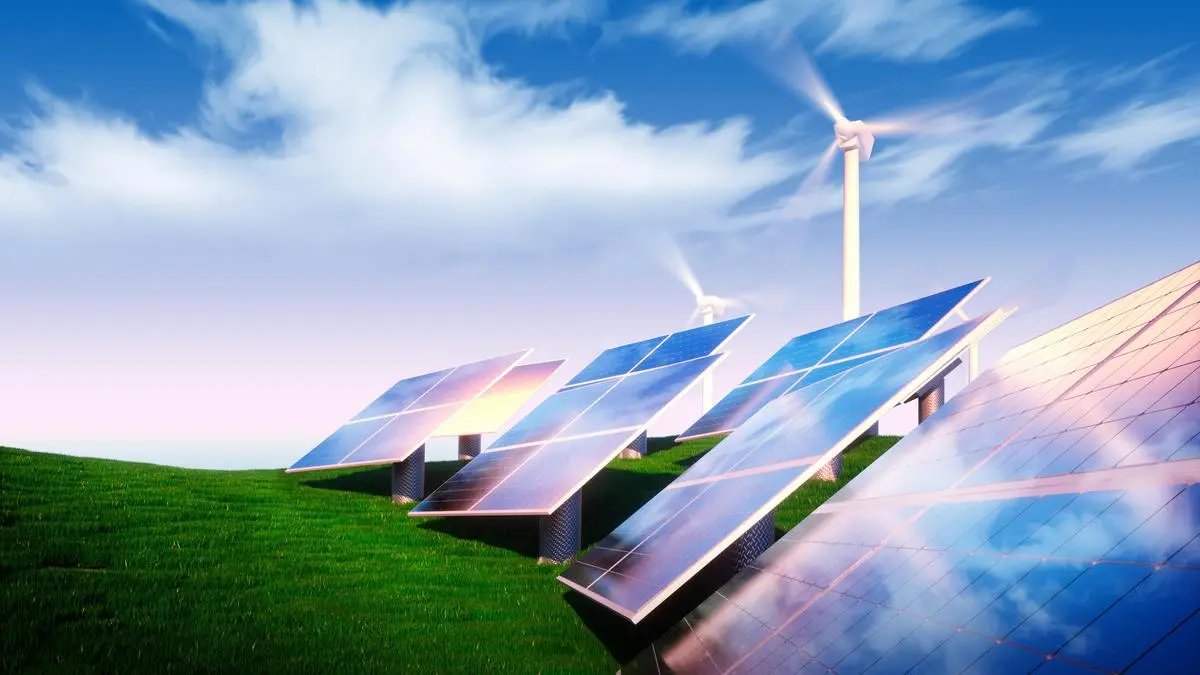India revamps renewable energy strategy with focus on capacity absorption as expansion moderates


Central Renewable Energy Implementing Agencies (REIAs) have done bids for 5.6 GW, while State agencies have done bids for 3.5 MW in 2025 so far.
The Ministry of New & Renewable Energy (MNRE) said on Tuesday that it has revised its renewable energy (RE) strategy, focusing on system reforms and integration as renewables capacity addition moderates.
In the last decade, India’s RE capacity has grown more than fivefold, from under 35 GW in 2014 to over 197 GW (excluding large hydro) today. Such exponential growth inevitably reaches a point where the next leap requires not just more megawatts, but deeper system reforms, MNRE explained.
The sector has now entered that phase, where the focus is shifting from capacity expansion to capacity absorption, it added.
“We are now dealing with grid integration, energy storage, hybridisation and market reforms, the real foundations for a 500 GW plus non-fossil future. In that sense, the recent moderation in capacity addition is a recalibration, a necessary pause to ensure that future growth is stable, dispatchable and resilient,” the Ministry emphasised.
After a decade of record expansion, the focus is now shifting toward creating a robust, dispatchable and resilient clean energy architecture that can support the nation’s ambitious goal of achieving 500 gigawatt (GW) of non-fossil capacity by 2030, it added.
Evolving strategy
Central Renewable Energy Implementing Agencies (REIAs) have done bids for 5.6 GW, while State agencies have done bids for 3.5 MW in 2025 so far.
Additionally, Commercial and Industrial (C&I) consumers are likely to add nearly 6 GW of RE capacity in calendar year 2025. Thus, capacity addition of RE is progressing through multiple pathways and not necessarily through REIA-led bids alone.
Over 40 GW of awarded renewable projects are presently in advanced stages of securing PPAs, PSAs, or transmission connectivity, the MNRE said, stressing that it is a clear reflection of the sector’s robust pipeline of committed investment.
“The reality is that India’s renewable market has outpaced the pace of its grid and contractual institutions, a challenge common to all countries undergoing large-scale energy transitions,” it pointed out.
Global headwinds have also played a role: supply-chain disruptions, fluctuating module prices and tighter financing conditions have slowed commissioning timelines. Yet India continues to add 15–25 GW of new renewable capacity annually — a rate that remains among the fastest in the world, the Ministry explained.
Policy pivot
Over the past two years, the MNRE pointed out that policy attention has consciously shifted from pure capacity growth to system design.
Tenders for RE power with energy storage or peak power supply now dominate auctions, signalling a move toward firm and dispatchable green power, it noted.
Battery Energy Storage Systems (BESS) are being integrated at both grid and project levels, marking the emergence of a new market.
Domestic manufacturing, incentivised through the Production-Linked Incentive (PLI) scheme, Domestic Content Requirement, imposition of duties, implementation of ALMM and duty exemptions for capital equipment is reducing import dependency and creating industrial depth.
“In addition, the recalibration of GST structures and ALMM provisions represents a strategic consolidation phase, aligning fiscal policy with the twin objectives of domestic value chain depth and technology assurance,” MNRE said.
Far from being disruptive, these adjustments are designed to stabilise costs, enhance module reliability and promote scale efficiencies in India’s maturing solar manufacturing ecosystem.
Concurrently, the trajectory of battery storage deployment is advancing through viability gap–funded projects, sovereign tenders and emerging storage obligations, establishing the foundation for firm, dispatchable renewable capacity.
These measures signal a shift from expansion-led growth to a more resilient, quality-driven and system-integrated renewable energy architecture.
“Such transitions take time to yield visible capacity figures, but they represent lasting structural progress — the kind that underpins a robust energy future,” emphasised MNRE.
More Like This
Published on October 22, 2025



